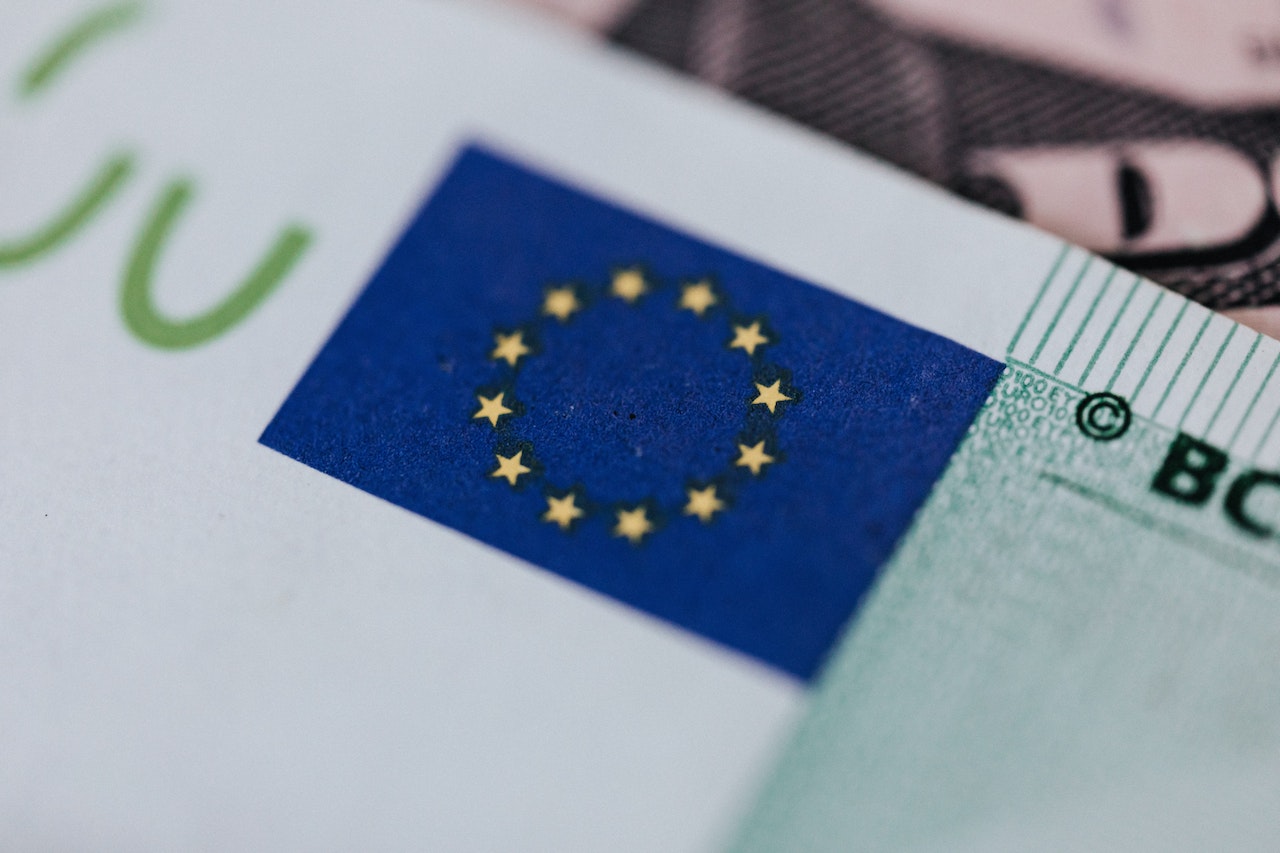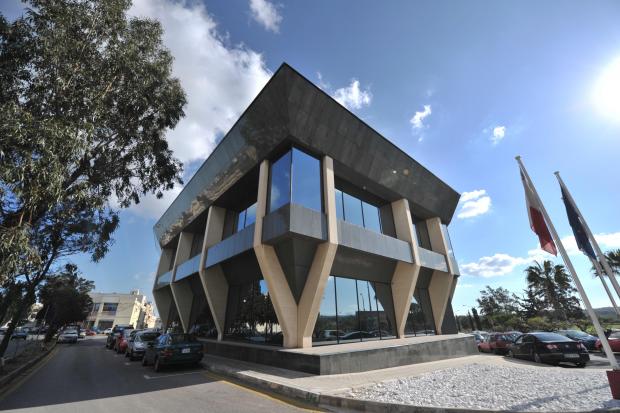Inflation continues its downward trajectory across the European Union and the eurozone, with May seeing a marked decrease in inflation in every country but the Netherlands. Malta also registered lower inflation, but it was the smallest decrease in the bloc, going down by just 0.1 per cent.
As has been the case for the last few months, Malta’s annual inflation rate, standing at 6.3 per cent – level with Germany’s – was above the eurozone average over 6.1 per cent, but lower than the European Union average of 7.1 per cent.
The euro area inflation rate has gone down from seven per cent in April, and 8.1 per cent in May 2022. European Union inflation has also gone down, from 8.1 per cent in April and 8.8 per cent in May 2022.
The figures were released by Eurostat, the statistical office of the European Union, a day after the European Central Bank announced another hike in its interest rates in a bid to continue battling inflation, which it said is expected to remain “too high for too long”.
They show that the lowest annual rates were registered in Luxembourg (two per cent), Belgium (2.7 per cent), Denmark and Spain (both 2.9 per cent).
The highest annual rates were recorded in Hungary (21.9 per cent), Poland and Czechia (both 12.5 per cent).
Compared with April, annual inflation fell in twenty-six Member States and rose in one.
In May, the highest contribution to the annual euro area inflation rate came from food, alcohol & tobacco (+2.54 percentage points, or pp), followed by services (+2.15 pp), non-energy industrial goods (+1.51 pp) and energy (-0.09 pp).
Self-employed, employees and companies contribute €2.1 billion in 2023
Parliamentary data reveals five-year growth trends in fiscal contributions
MFSA concludes review of Crypto-Asset Service Providers following MiCA implementation
The Authority provided clear expectations and guidance to address certain concerns.
Malta Development Bank to launch schemes supporting sustainable development and creative sector
In 2024, the MDB launched the SME Guarantee Scheme and the Guaranteed Co-Lending Scheme






